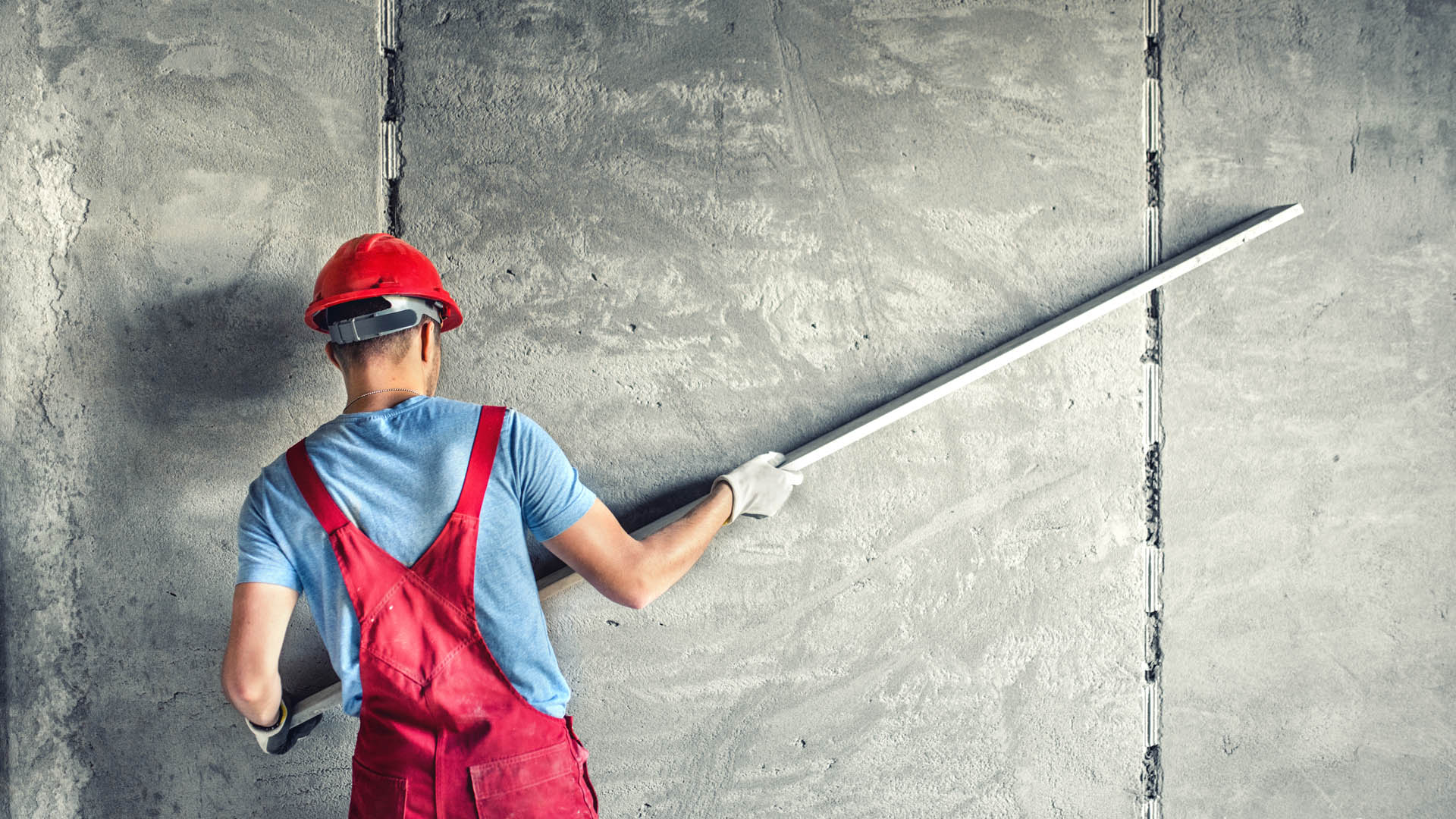If you’re embarking on a renovation project or building a new home in Maidstone, one of the crucial steps in creating a polished and aesthetically pleasing interior is plastering the walls. Proper wall plastering not only enhances the visual appeal of your space but also ensures durability and stability. However, to achieve the best results, you need to consider several important factors. We’ll walk you through the six key considerations when plastering over new walls, ensuring your plastering service in Maidstone delivers the perfect finish for your project.
Understanding Your Wall Surface
Before you start plastering, it’s vital to assess the type of wall surface you’re working with. Different materials, such as drywall, concrete, or brick, require different plastering techniques and materials. Drywall, for instance, is more delicate and prone to moisture damage compared to concrete. Knowing your wall’s composition will help you choose the right plaster mix and application method.
Proper Wall Preparation
The success of any plastering project depends on thorough wall preparation. Begin by cleaning the wall surface to remove dust, debris, and any loose paint or old plaster. Next, repair any cracks or holes with a suitable filler. For new walls, it’s essential to apply a primer or bonding agent to ensure the plaster adheres securely. Skipping these steps can lead to uneven plaster application and reduced longevity.
Choosing the Right Plaster Mix
Selecting the appropriate plaster mix is a critical decision in the plastering process. Plaster comes in various types, including gypsum, lime, and cement-based plasters. Each type has its unique properties and applications. Gypsum plaster, for example, is ideal for indoor use due to its smooth finish and ease of application. On the other hand, cement-based plaster is more durable and suitable for exterior walls. Consult with a professional or supplier to determine the best plaster mix for your specific project.
Consider Texture and Finish
The texture and finish of your plastered walls can significantly impact the overall look and feel of your interior. Depending on your preferences, you can choose from various finishes, including smooth, textured, or decorative. Smooth finishes are sleek and modern, while textured finishes add depth and character. Decorative finishes, such as Venetian plaster or stucco, can create a timeless and elegant atmosphere. Take your time to explore the possibilities and select a finish that complements your design vision.
The Importance of Skilled Labor
While DIY enthusiasts can tackle many home improvement projects, plastering is a skill that often requires professional expertise. A skilled plasterer has the knowledge and experience to ensure a flawless application, preventing common issues like uneven surfaces, air bubbles, or cracks. Hiring a qualified plastering contractor can save you time, money, and the frustration of having to redo the work.
Proper Drying and Curing Time
After plastering, it’s essential to allow sufficient time for drying and curing. Rushing this step can lead to cracks and imperfections in the finished surface. The drying time varies depending on the type of plaster used and environmental conditions. It’s advisable to follow the manufacturer’s recommendations and be patient during this phase. Once the plaster has fully cured, you can proceed with painting or decorating your walls.
In conclusion, plastering over new walls is a crucial aspect of creating a beautiful and long-lasting interior. By considering factors like wall surface, preparation, plaster mix, texture, skilled labor, and drying time, you can ensure a successful plastering project that enhances the aesthetics and functionality of your space.
FAQs
1. Can I plaster over old walls, or is it better to start with new ones?
While plastering over old walls is possible, it’s essential to assess their condition. If the existing plaster is in good shape and properly prepared, you can plaster over it. However, if the old plaster is damaged or loose, it’s best to remove it and start with a fresh surface.
2. How long does plastering typically take to dry and cure?
The drying and curing time of plaster can vary depending on several factors, including the type of plaster, humidity levels, and temperature. In general, it can take anywhere from a few days to several weeks for plaster to fully dry and cure.
3. Is it necessary to hire a professional plasterer, or can I attempt plastering as a DIY project?
While DIY plastering is possible, it can be challenging and may result in less-than-perfect results, especially for beginners. Hiring a professional plasterer is advisable, as they have the expertise to ensure a high-quality finish and minimize potential issues.

